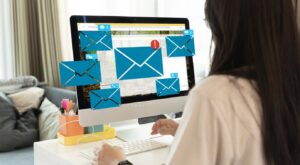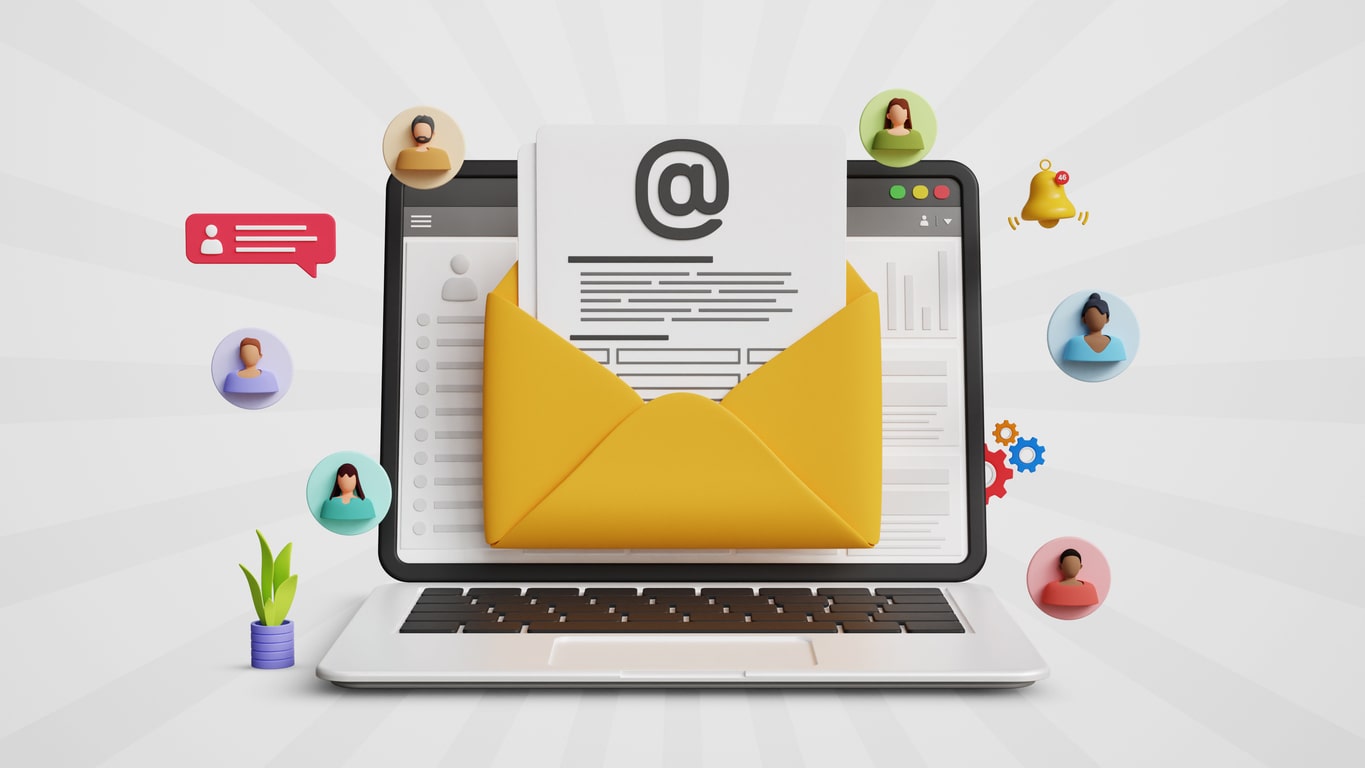An email newsletter is one of the most effective ways to connect with your audience, share valuable content, and drive engagement. Creating a newsletter that people open and engage with needs more than a catchy subject line. It requires strategy, testing, and ongoing improvements.

Seven Steps to Success
Follow these seven steps to create a better email newsletter. They will help you engage your audience more effectively:
Step 1: Define Your Newsletter’s Purpose
Before you start designing and writing your email, it’s essential to determine the goal of your newsletter. A clear purpose will help you create focused content and measure your success. Ask yourself:
- What do you want to achieve? (e.g., brand awareness, sales, traffic to your website)
- Who is your target audience?
- How often will you send it? (e.g., weekly, biweekly, or monthly)
- What type of content will you include? (e.g., industry news, promotions, blog posts)
Step 2: Build and Segment Your Email List
Your email list plays a crucial role in the success of your newsletter. Here’s how you can expand and organize it for better engagement:
- Grow Your List: Use lead magnets such as free e-books, discount codes, or exclusive content. These attract new subscribers, boost sign-ups, and keep your audience engaged.
- Segment Your Audience: Segmenting helps you personalize emails. This leads to better engagement and higher conversion rates. Divide subscribers into groups based on demographics, behavior, or interests, such as new subscribers, frequent buyers, blog readers, or inactive subscribers.
Step 3: Choose the Right Email Marketing Platform
An email marketing platform makes it easier to create, send, and automate newsletters. Different services provide unique features to meet various needs. Some popular options include:
- Mailchimp: Easy to use with customizable templates, automation features, and detailed analytics, ideal for beginners and small businesses.
- Kit: Perfect for content creators with advanced segmentation, automation, and landing page integration.
- HubSpot: All-in-one marketing platform with email, CRM, social media, and sales tools for comprehensive customer tracking and automation
Step 4: Design Your Newsletter for Readability and Engagement
The design of your newsletter is key to engaging readers, so make it visually appealing and easy to navigate. Here are some best practices:
- Use a Clean, Branded Design:Stick to your brand colors, fonts, and logo to maintain consistency and reinforce your brand identity.
- Keep It Mobile-Friendly:Ensure your design adapts to different screen sizes with legible text and optimized images for mobile devices.
- Use Eye-Catching Images:High-quality images break up text-heavy sections and should resonate with your audience and load quickly.
- Include a Clear Call to Action (CTA):Make your CTA stand out with bold text or buttons, using actionable language to guide readers to take action.
- Optimize for Fast Loading Times:Compress images and limit heavy elements to ensure your newsletter loads quickly, especially on mobile.
Step 5: Craft Compelling Subject Lines & Content
Your newsletter’s subject line and content are key to grabbing your readers’ attention and boosting engagement. Here’s how to craft them effectively:
- Write Engaging Subject Lines: Create subject lines that grab attention. Keep them clear, concise, and under 50 characters. Add a hint of curiosity or urgency.
- Focus on Value: Share useful information or special deals that connect with your audience.
- Use Short, Scannable Paragraphs: Keep paragraphs brief and use bullet points to make the content easier to skim.
- Incorporate Storytelling: Engage readers with relatable stories, customer experiences, or anecdotes.
- Use Various Content Formats: Combine articles, videos, and testimonials to keep your content fresh and engaging.
For content, focus on value-driven messaging. Instead of just selling, educate, entertain, or inspire your audience. For example:
- E-commerce Brands: Share styling tips alongside product promotions.
- Content Creators: Provide exclusive insights or behind-the-scenes updates.
- B2B Companies: Offer industry insights or case studies.
Step 6: Use A/B Testing to Optimize Performance
A/B testing (or split testing) compares two versions of an email (or other marketing content) to determine which one performs better. Test different elements like subject lines, content, and calls to action. This helps you see what your audience likes best. This enables you to improve your emails, engage more, and get better results. It ensures you send the best version. Here’s how it works:
- Choose One Element to Test: Test only one variable at a time to get clear results. You should test common elements like subject lines, CTA buttons, layout, colors, and sending time. This way, you can measure how each change affects results.
- Split Your Audience: Split Your Audience: Send Version A to half of your list and Version B to the other half.
- Analyze the Results: After you send both versions, check key metrics. Look at open rates, click-through rates, and conversions. This will help you see which version did better.
- Use Winning Elements: After finding the best version, apply those winning parts to future campaigns. This way, you can keep improving your email strategy.
- Test Continuously: A/B testing never ends. Regularly try different elements to improve your emails and match your audience’s likes.
Step 7: Track and Analyze Key Metrics
Tracking your email newsletter’s performance is crucial for understanding what works and what doesn’t. By focusing on key metrics, you can make data-driven improvements. Here’s what to track:
- Open Rate:Measures how many recipients opened your email, indicating the effectiveness of your subject line.
- Click-Through Rate (CTR):Shows how many people clicked on links or CTAs, reflecting how engaging your content is.
- Conversion Rate:Tracks how many recipients completed the desired action, such as a purchase or sign-up, to measure campaign success.
- Bounce Rate:Indicates how many emails weren’t delivered, often due to outdated addresses or poor list quality.
- Unsubscribe Rate:Shows how many subscribers opted out, helping you gauge whether your content resonates with your audience.

Contact Us
A well-crafted email newsletter can elevate your business—strengthening connections, increasing engagement, and driving real results. By following the strategies in this guide, you’ll be on your way to creating impactful newsletters that captivate your audience.
Ready to take your email marketing to the next level? Bake More Pies is here to help! Let’s build powerful campaigns tailored to your brand. Contact us today!




